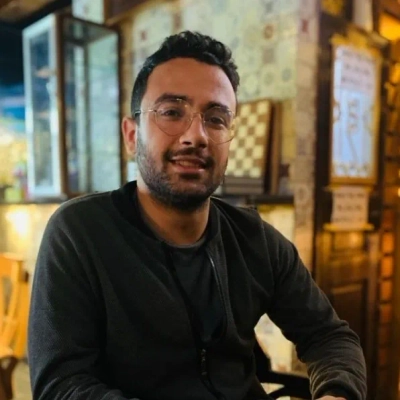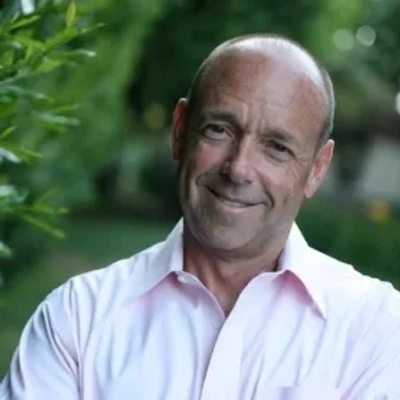Seasoned investors share their wisdom on building a robust investment portfolio. This article presents practical advice for those hesitant to start investing. Readers will gain valuable insights on starting small, diversifying assets, and preparing for market uncertainties.
- Start Small to Learn Investing Firsthand
- View Precious Metals as Portfolio Insurance
- Educate Yourself and Diversify Gradually
- Prepare for When Your Assumptions Fail
- Begin Modestly and Acquire Knowledge
- Spread Investments to Gain Peace of Mind
Start Small to Learn Investing Firsthand
One piece of advice? Start with skin in the game, just enough to care, but not enough to panic.
When I first explored cryptocurrency, it felt like trying to read a science fiction novel in a foreign language. What helped me overcome my hesitation was this: I treated my first crypto investment as tuition. I wasn’t betting the farm — I was paying to learn by doing.
The volatility is indeed wild, but so is the potential. Traditional assets are solid, but they don’t give you exposure to innovation like DeFi, NFTs, or smart contracts can. Diversifying into crypto taught me about financial sovereignty, programmable money, and how the future of finance might not be controlled by Wall Street at all.
You don’t need to go all in. Start small. Use a wallet. Try a DEX. Stake something. Once you interact with the ecosystem firsthand, it stops feeling like speculation and starts feeling like participation.

Ahmed Yousuf
SEO Expert & Financial Author, Customers Chain
View Precious Metals as Portfolio Insurance
My wake-up call came in 2008 when I watched Fortune 500 clients I was advising lose 40% of their equity portfolios while the ones who had allocated just 10-15% to gold saw those positions actually gain value. That’s when I realized I was giving better diversification advice to billion-dollar companies than I was following myself.
The breakthrough happened when I stopped thinking about precious metals as “alternative investments” and started viewing them as insurance policies with upside potential. Just like you wouldn’t skip homeowner’s insurance because it doesn’t pay dividends, you shouldn’t skip systemic insurance for your portfolio because gold doesn’t pay interest.
I had a 59-year-old executive client who was terrified of moving any money out of her traditional 60/40 portfolio. We started with just 12% allocated to physical gold and silver in her IRA — small enough that she could sleep at night, but meaningful enough to matter. Over five years, that allocation added $141,000 in excess returns and let her retire eight months early.
My advice: start with 5% of your net worth in physical metals, not ETFs. It’s small enough that you won’t panic if prices dip short-term, but large enough that you’ll actually feel the protection when the next crisis hits. Think of it as buying a parachute — you hope you never need it, but you’ll be grateful it’s there when you’re falling.

Eric Roach
Partner, Summit Metals
Educate Yourself and Diversify Gradually
I would advise you to educate yourself and start slowly. Diversification involves seeking alternatives that complement your current assets, rather than taking on significant risks all at once. Initially, I was also apprehensive, particularly when it came to investing in private companies or real estate. However, asking questions, speaking with other business owners, and truly comprehending how these assets may provide long-term value and additional revenue sources were what helped me.
For me, the turning point was realizing that depending solely on conventional stocks and bonds left me too vulnerable to uncontrollable market fluctuations. I had more options and stability after diversifying my investments. I began by making a single investment in a nearby company that I supported, and then I gradually grew. I learned from that experience that proper diversification is about developing resilience and growing with purpose, not about gambling. Take things one step at a time and surround yourself with knowledgeable people who can help you along the way.

Jared Weitz
Chief Executive Officer, United Capital Source
Prepare for When Your Assumptions Fail
Diversification isn’t about chasing the next asset class — it’s about preparing for when your assumptions fail.
As I see it, traditional portfolios often treat stocks and bonds as opposites, but they still react to the same macroeconomic shocks. What helped me shift my perspective was looking at assets like cryptocurrency, which don’t move on the same signals as interest rates or earnings reports. I started small and focused on understanding how they behave during periods of stress — liquidity, volatility, and access all matter more than headlines.
The goal isn’t to predict the winner; it’s to avoid being exposed to one system’s blind spots.

Yuri Berg
Cbdo, FinchTrade
Begin Modestly and Acquire Knowledge
One key piece of advice I would give is to start small and take the time to educate yourself about the new asset class you are considering. For instance, if you’re looking into cryptocurrency or real estate, begin by understanding the fundamentals — how they work, their risks, and their potential for returns. When I first considered diversifying beyond traditional investments, I overcame my hesitation by focusing on acquiring knowledge and starting with a modest investment I was comfortable risking. This allowed me to gain hands-on experience without feeling overwhelmed. Diversifying can reduce overall risk in the long run, but it’s important to make informed decisions at your own pace.

Robbert Bink
Founder, Crypto Recovery Services
Spread Investments to Gain Peace of Mind
If you’re unsure about diversifying your portfolio, I’d say start small and learn as you go. You may try out one new asset type, for instance, by investing in real estate funds or a simple index ETF. It really helps to get comfortable with the market ups and downs, and you end up spreading your investments, giving you more peace of mind.

J. Ryan Smolarz, M.D., M.B.A.
Founder of Stor – Crypto & Blockchain | Commercial Real Estate Investor, VIENT



